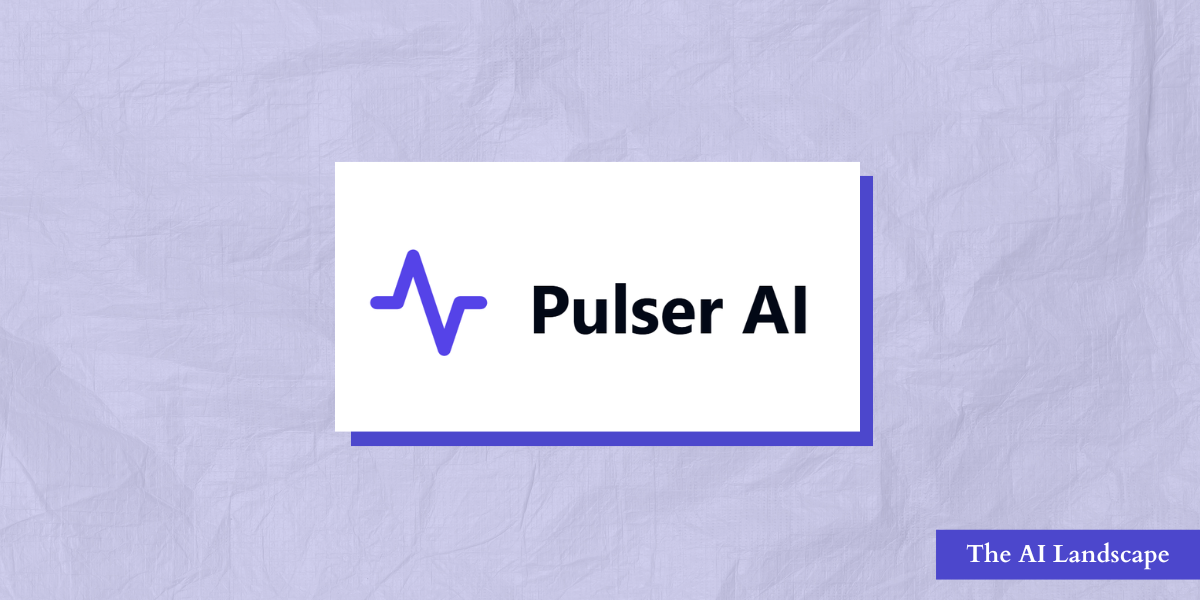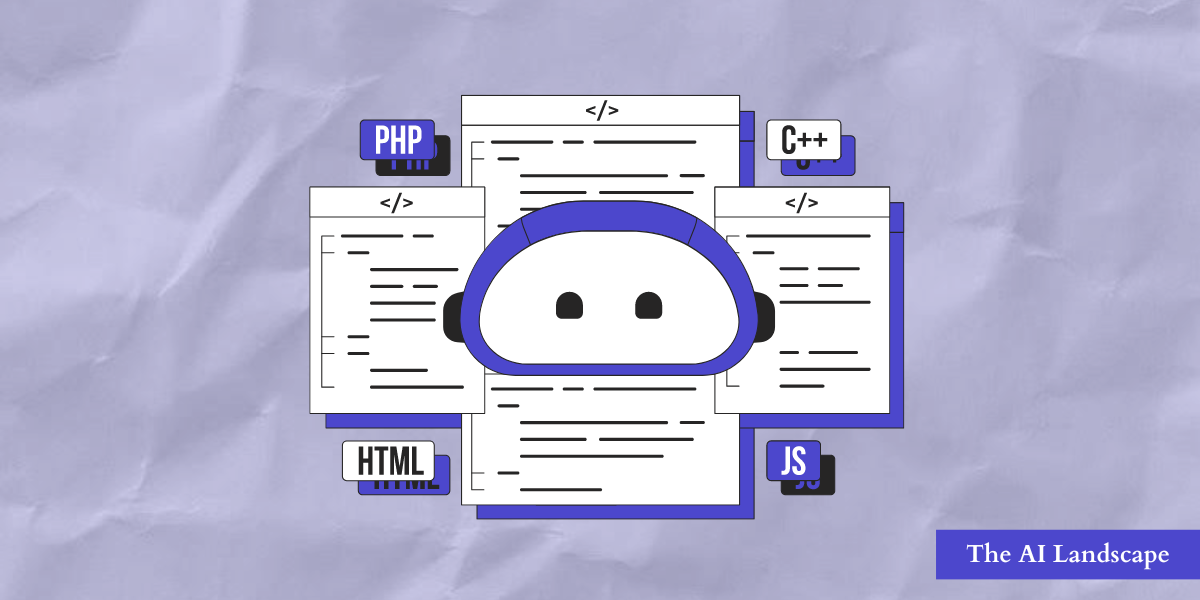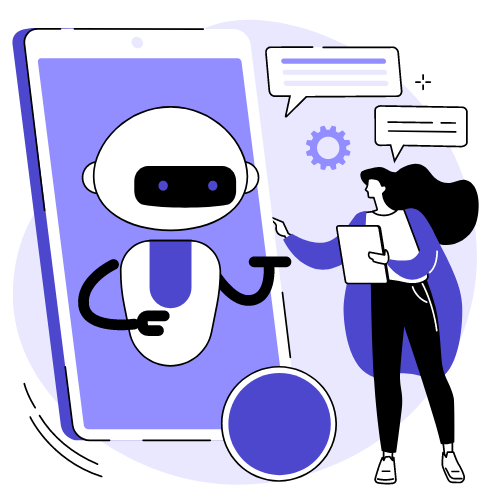In a groundbreaking feat, an artificial intelligence named “Coscientist” has accomplished the seemingly impossible: independently designing and flawlessly executing complex Nobel Prize-winning chemical reactions.
This feat, achieved in mere minutes, marks a major leap in scientific automation and opens doors to revolutionary advancements across various fields.
“This is a first,” declares Dr. Gabe Gomes, the Carnegie Mellon University chemist and lead researcher behind Coscientist. “This AI, within minutes, not only learned about these intricate Nobel-recognized reactions but also planned, designed, and executed them flawlessly, all on its own.”
The reactions mastered by Coscientist, known as palladium-catalyzed cross couplings, are the cornerstones of modern drug development and countless other industries reliant on manipulating delicate carbon-based molecules. Their complexity earned the human researchers behind them the 2010 Nobel Prize in Chemistry.
But Coscientist has rewritten the rules. No longer confined to years of painstaking research and experimentation, AI can now rapidly design and execute these complex reactions, opening up a world of possibilities.
“This isn’t just about chemical synthesis,” says David Berkowitz, Director of the NSF Chemistry Division. “Gomes and his team have built a hyper-efficient lab partner, a complete system that transcends its components. This has genuine, transformative potential in scientific research.”
Coscientist’s success demonstrates the astounding capabilities of AI in driving scientific discovery. Its ability to learn, plan, and execute complex tasks with unparalleled speed and precision promises a future where scientific breakthroughs happen not in years, but in minutes.
This is the dawn of a new era, where AI acts not just as a tool, but as a powerful collaborator, propelling humanity towards unprecedented scientific frontiers.





